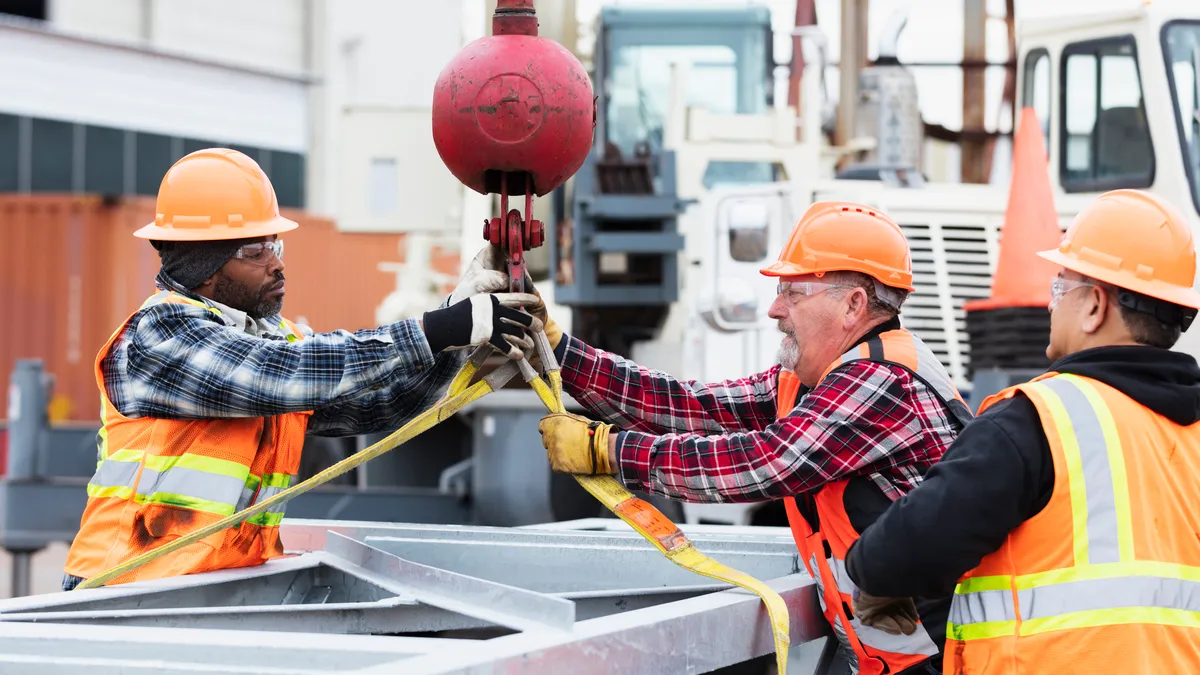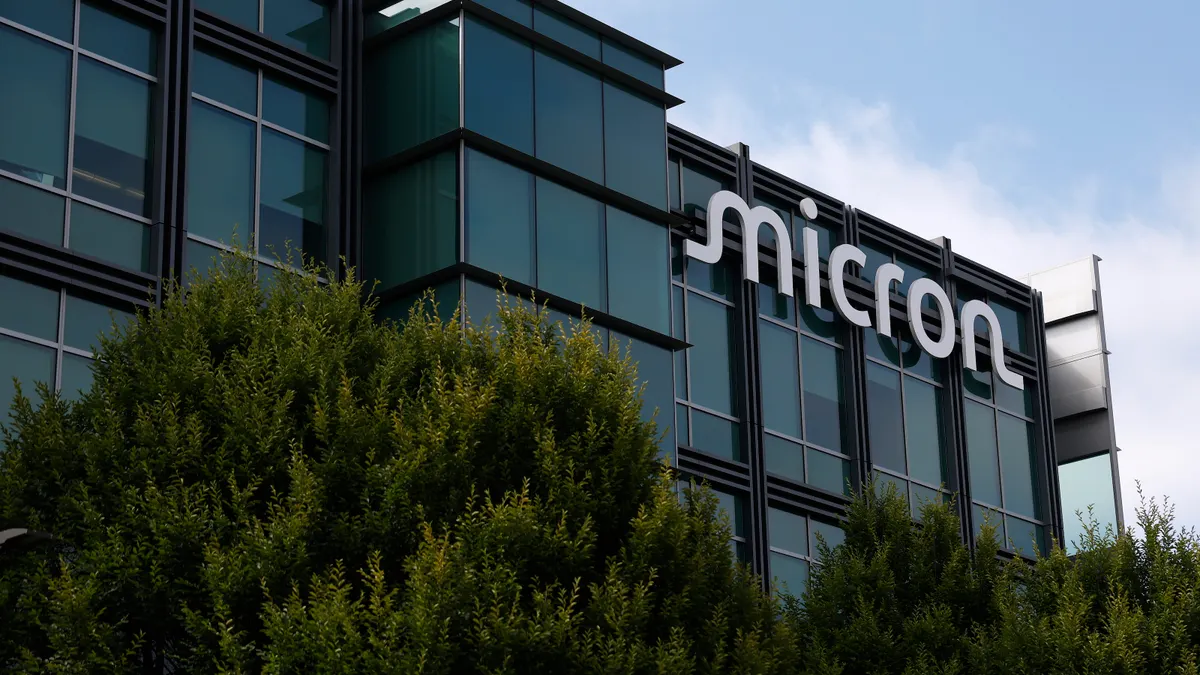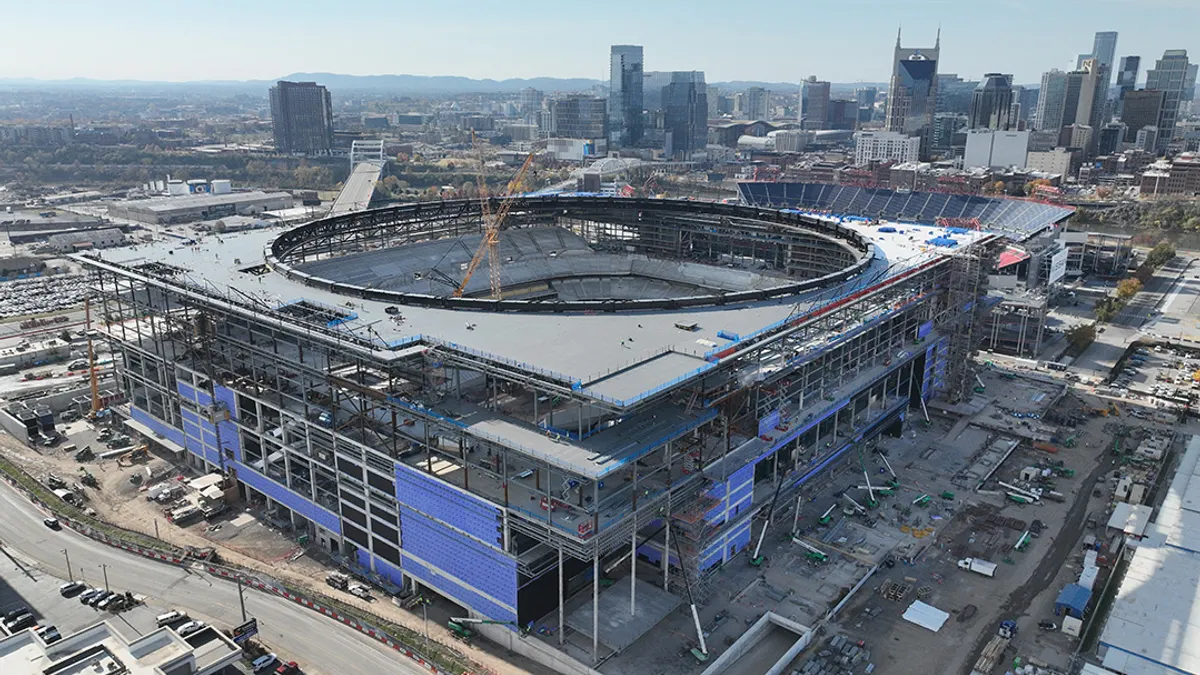For far too long, the construction industry has survived under the assumption that “safety culture” was about nothing more than hazard identification. Slips, trips and falls. Struck-by incidents. Airborne and material exposure.
But recent data reveals that this long-held approach to construction safety has stagnated. Between 2011 and 2020, for example, construction workers have continued to lose their lives at the same rate with no improvement.
Comprehensive, human-centered safety — also known as whole-person safety, Total Worker Health® (a term trademarked by the National Institute for Occupational Safety & Health), or holistic safety — could be the industry's answer.
What does human-centered safety mean?
Human-centered safety takes an approach to health and safety that’s different from what construction companies have done in the past.
It starts with a mindset change — employees are people first, workers second. And people are priceless. Through this lens, you see workers as humans who can continue to learn and be enriched instead of commodities that serve a single purpose.
Rather than focusing primarily on physical safety and making sure workers don their PPE (personal protective equipment) correctly, human-centered safety prioritizes:
- The prevention of injury and illness to advance well-being in every aspect of an employee’s life — physically, mentally and spiritually — both inside and outside of work
- Skills development to improve relationships, attitudes, behaviors and interactions
- Recognizing and valuing employees for their contributions
- Acknowledging and reducing the physical and mental toll of construction work whenever possible
- An environment focused on honesty, collaboration and feedback without fear of consequences
Human-centered safety has another important differentiator, too. While traditional safety tends to focus on physical wellness for laborers on the jobsite, human-centered safety prioritizes wellness and professional development for workers at every level, from those in the field to those holding leadership roles.
You foster a healthier, inclusive work environment by helping everyone develop skills to communicate and listen, conduct difficult conversations, think critically, solve problems, build relationships, practice empathy and demonstrate resilience amid change.
“Whole-person safety puts workers in a position to utilize their skill sets to make decisions that will not only protect themselves physically and mentally, but also protect their coworkers,” says Jill James, chief safety officer at HSI. “Happiness, confidence and experiencing a sense of purpose and belonging matter just as much as being physically safe.”
The drivers of human-centered safety in today’s world
The world is different today than it was just a few years ago; construction has transformed just as much.
If you’re not convinced, just consider these recent disruptions, and why these influences should bring human-centered safety to the forefront.
1. The stress of inflation and an uncertain economy
Over the past decade, the United States has experienced an average inflation rate of 1.88%. In 2022, however, the annual inflation rate was much higher — at 8%. That puts it at a 40-year high. This means more workers are living paycheck to paycheck, having to closely watch expenses and maybe even dip into their savings or retirement accounts to provide for themselves and their families. As these financial concerns take hold, mental health can also plummet, which impacts worker safety.
Employees need a place where they feel valued, not vulnerable and know their employer has their best interests at heart. As one example, there are numerous ways to address heat stress. While heat stress safety training may be one answer, another is addressing the work environment directly.
“I noticed at one manufacturing site that employees were overly taxed due to warm conditions,” says Todd W. Loushine, Ph.D., PE, CSP, CIH, a former OSHA (Occupational Safety and Health Administration) compliance officer, who is currently working part-time as an EHS (environmental, health and safety) manager while still teaching and advising as an associate professor at the University of Wisconsin-Whitewater. “This may not have led to heat-induced incidents, but addressing the HVAC system to cool the area better made a world of difference to the employees’ mental well-being, which made them more productive. ”
2. The lingering COVID-19 related strains and labor shortages
When the pandemic hit, the construction industry experienced rapid change. And amid this unexpected transformation, nearly 1 million workers left construction — many were long-tenured skills workers who never returned. This ongoing labor shortage places added strain on the workers who stayed. They have more work to do with less people to help.
The whole-person approach to safety provides an environment that fosters employee-to-employee communication and training. This addresses skills gaps and makes employees feel like they work in an environment that emphasizes growth. Employees who know how to teach — and those who benefit from this training — improve job site efficiency. Organizations that do this will outlast the competition in the face of labor shortages, skills gaps and technology innovations.
“I’d rather have a learning culture than a safety culture,” says Dr. Loushine. “A learning culture is going to continue to improve, while a safety culture can grow stagnant. A learning culture won’t point blame and say, ‘This is wrong.’ It’s going to look for opportunities to progress.”
3. A divisive community and political landscape
The country has experienced a surge in political polarization in recent years, leading to concerns about discrimination, inequality and the freedom to express one's views. When employees don’t feel comfortable, this negatively impacts communication, collaboration and the work environment, and it takes a toll on their mental health.
In addition to core physical safety training, employees benefit from soft skills training on topics such as communication; diversity, equity and inclusion (DEI); leadership; professional productivity, financial literacy and career planning. The knowledge that their employer is committed to their growth fosters employee engagement and bolsters interpersonal relationships among employees at all organizational levels.
The time for improvement Is now
The world may be different today, but your construction company can be, too.
Although not all your employees may be expecting such a comprehensive, human-centered approach to safety yet, taking steps in this direction will make your company a better place to be for them — and for you — and make sure you’re prepared when workers start to expect more from employers.
“Companies that do safety right can definitely use it to attract and recruit,” explains Dr. Loushine. “Especially for Gen Z workers. They’ll get a taste for it in school and be looking for more support than previous generations.”
Keep reading:
Unlocking the Secrets of Knowledge Transfer
Bringing Human Performance Fundamentals to the Workplace
Learn more about how to prioritize human-centered safety in your own construction company by visiting www.HSI.com.






